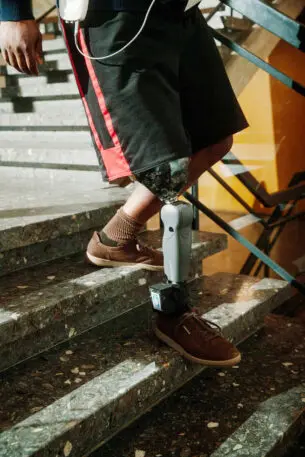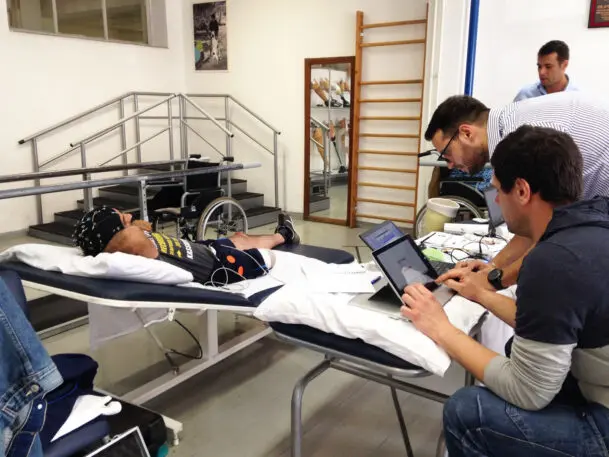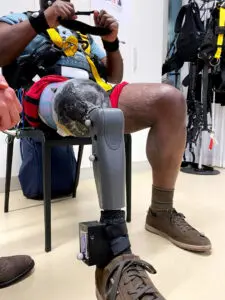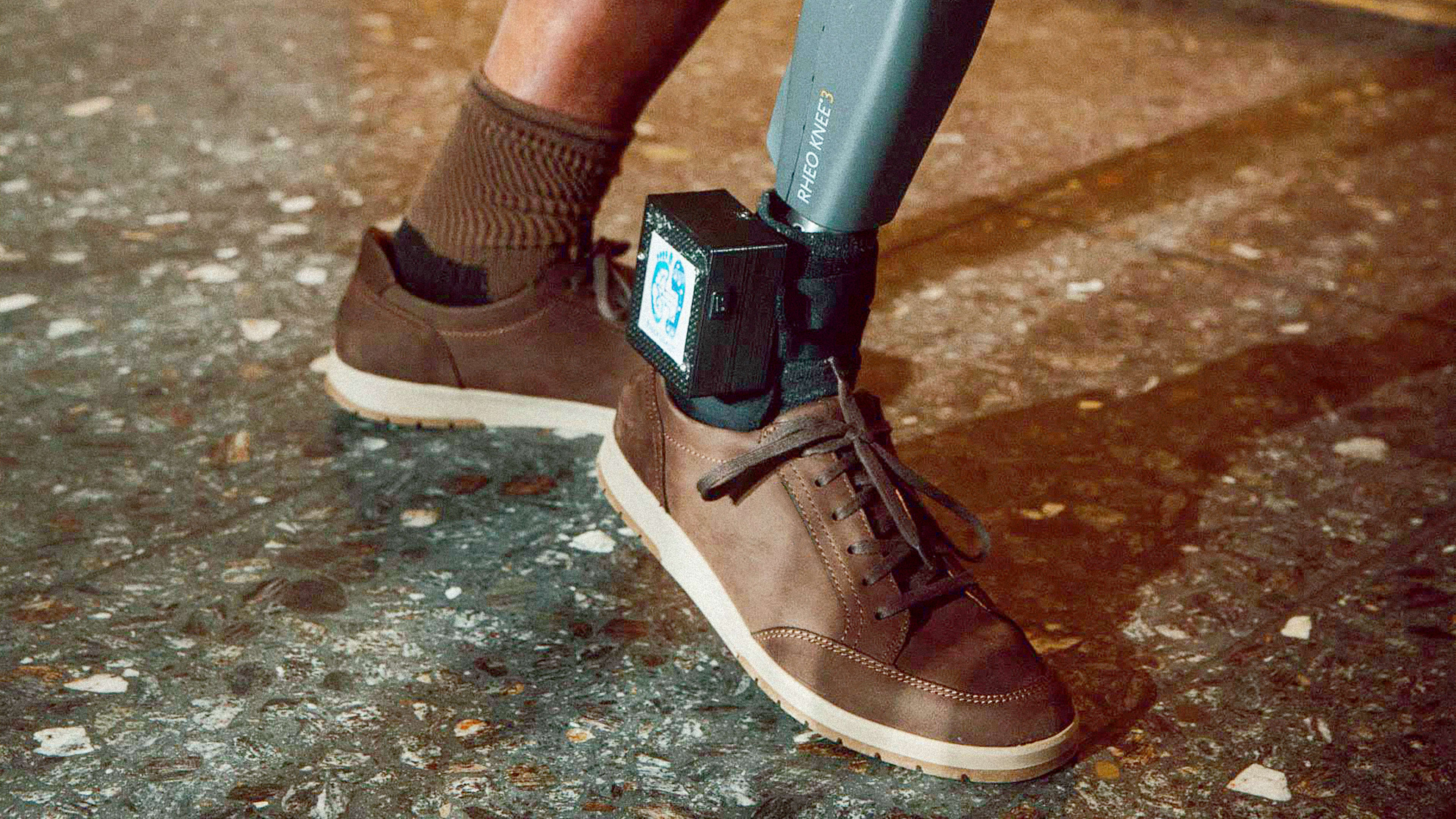Weight is an objective measurement. If you want an object to weigh less, you need to construct it from fewer, lighter materials. It’s one of many reasons why MacBooks are made of lighter aluminum instead of more durable steel. But weight is, in part, a subjective sensation. Our expectations of how heavy something should be actually affects our perception of its weight.


Such nerve-connected interfaces have been improving quickly in the last few years. Scientists have begun to master connections between hardware and the human nervous system, allowing them to speak the language of our own internal wiring via carefully honed algorithms. Today, mind-controlled artificial limbs with sensations the wearer can feel are increasingly part of everyday life.
“When I started as a grad student, it was trial and error. . . . Now we actually have quite a bit of knowledge of the physics behind these things and how we can feed this information into computational models for better understanding of the nerve electrode interface—from animals to more targeted simulations in humans,” Raspopovic says. “Recently it stopped being trial and error.” Linking an amputee with a nerve-connected prosthetic device used to take four days of adjustments. Now it takes about four hours.

In turn, the team developed what it calls a sensory feedback loop. What it really means is that whenever someone moved their prosthesis, researchers automatically sent a certain electrical impulse. And that impulse made the prosthesis feel lighter.
How much lighter? As much as 23% in testing. That number doesn’t just look big; it made a world of difference to how people felt while wearing the prosthesis. Some 36% of subjects reported feeling more confident, and more than half reported that the prosthesis felt more like it was actually part of their body.
But perhaps the most impressive test was when the subject was asked to walk while spelling words backward, which is a test of cognitive load (or how mentally distracting the prosthesis is). With the feedback loop in place, the subject wasn’t forced to slow down walking, and was 82% accurate in spelling words backward (as opposed to just 58% without the special feedback).
“That [result] is quite reasonable because . . . you feel more confident and less stressed,” Raspopovic says. Are there any adverse effects for the user? In a previous study, Raspopovic found no such evidence. And especially since the prosthesis is lighter than a biological limb, the sensory feedback shouldn’t lead to overexertion.
Raspopovic plans to further develop and commercialize the technology, which requires investment in more permanent, titanium implants that can live under the skin long term. “It’s a long and expensive job,” he says. “The technology is there, but we need to make a drive for funding.”
Recognize your brand’s excellence by applying to this year’s Brands That Matter Awards before the early-rate deadline, May 3.
